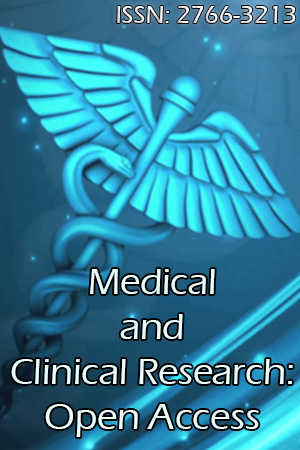Airway Management Incidences in Facial Trauma Cases. Did Tracheostomy Indicated?
Khalid Ghanim, Rawaa Y. Al-Rawee, Waleed MB. Alsabee, Bashar Abdul-Ghani Tawfeeq.
Aim: Analyse the patients records which is the most commonly used method in airway management and how many cases of tracheostomy are done?. Exploring potential methods for managing airways in patients with craniofacial trauma. Methodology: (387) patient’s case sheath analysed. Demographical information’s include (age, gender, cause of injury) and site of trauma with method of airway management recorded.
Result: Fighting are the most common cause of injuries in age group (31-40 years) male patients. Zygomatic bone is the highest injured single bone, maxillary and nasal bones are both injuried forming the highest percent. Tracheostomy forming the least percent to be used as emergency airway managements.
Conclusion: Patients who have suffered maxillofacial injuries present a difficult challenge for airway management. The clinical situation, trauma characteristics, and a series of other factors determine the strategy for securing the airway. In order to provide the best possible care for a patient, it is essential to have knowledge of the specific characteristics of the difficult airway, experience with the proper procedures for managing it.

